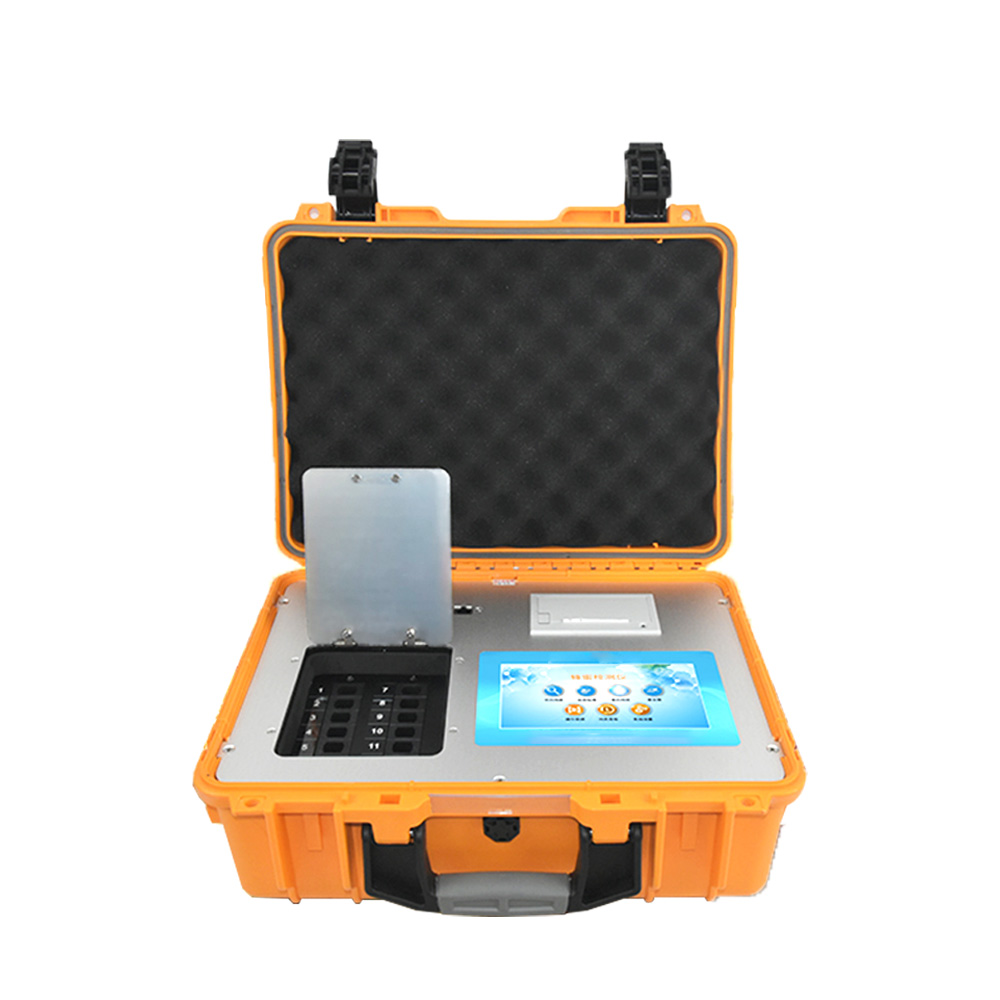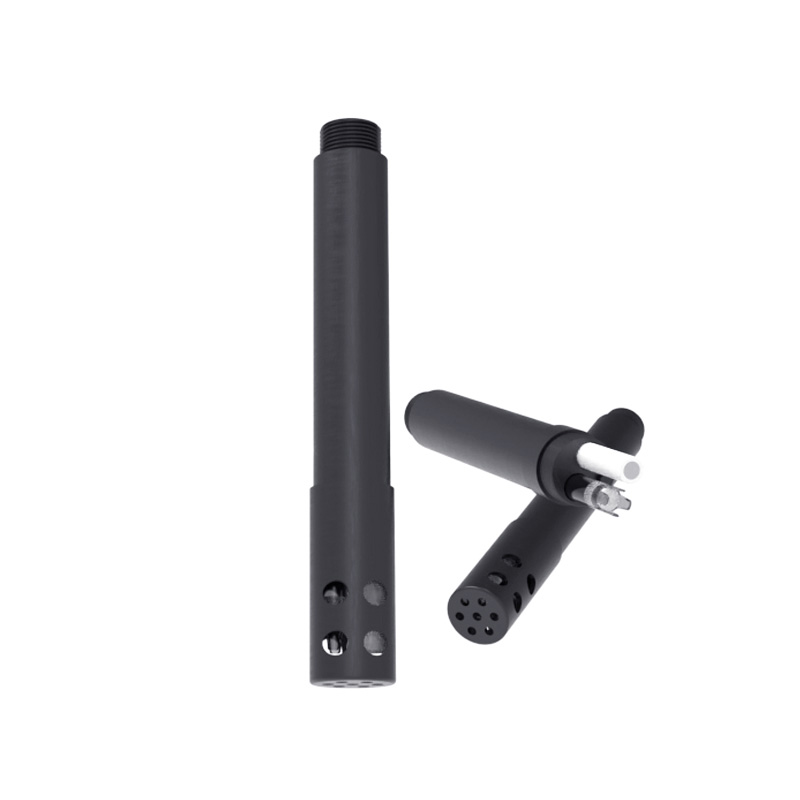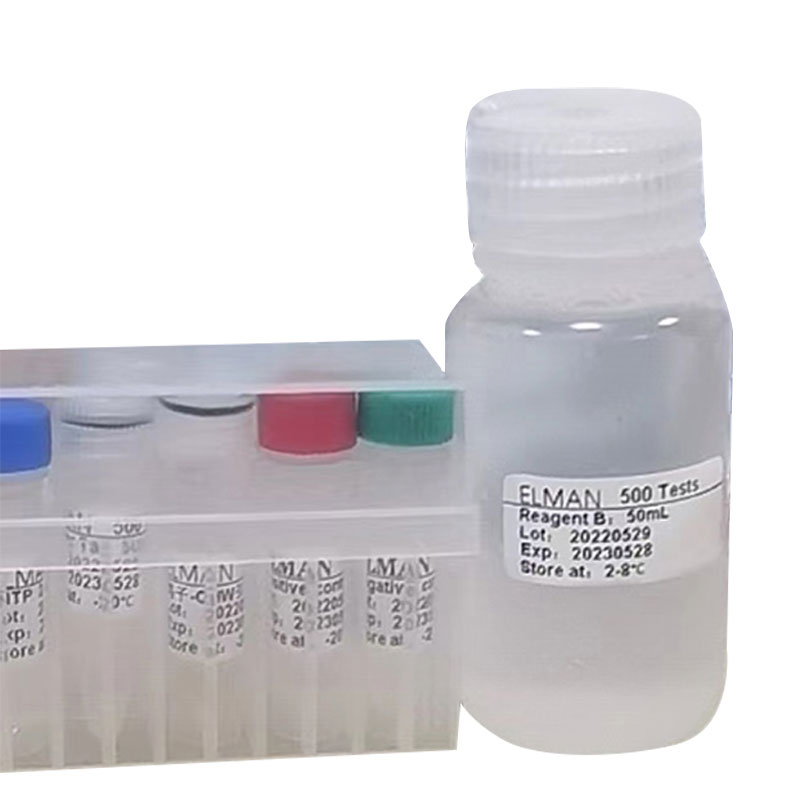In agricultural production, bakanae disease is a plant disease that cannot be ignored. It mainly causes serious harm to rice and also affects gramineous crops such as corn and sorghum.
Bakanae disease is caused by Gibberella fujikuroi, and its asexual form is Fusarium moniliforme. The pathogen can overwinter on diseased residues such as seeds and diseased rice straws, becoming the source of the disease in the following year. After the inoculated seeds are sown, the pathogen will invade the coleoptile and root of the seedlings when the seeds germinate. Inside the plant, the pathogen grows and reproduces, producing toxins and hormones such as gibberellin, which stimulates the abnormal elongation of plant cells, causing the diseased plants to grow spindly and become weak.
On rice, the symptoms of bakanae disease are obvious. The diseased seedlings are much taller than the normal seedlings, the plants are spindly, the leaves and leaf sheaths are narrow and long with a light green color, and the root system develops poorly. In the field stage, the internodes of the diseased plants elongate and bend, and adventitious roots will grow on the stem nodes close to the ground. In the later stage, the inside of the stem of the diseased plant turns brown, and sometimes a pink mold layer appears on the surface of the diseased part, which is the conidia of the pathogen. After the occurrence of the disease in other gramineous crops such as corn, spindly growth, weakness, yellowing of leaves and easy lodging will also occur.
There are mainly two ways of spreading bakanae disease. Seed-borne bacteria are the main cause of long-distance spread, and the pathogen can attach to the surface of the seeds or lurk in them. Soil transmission cannot be underestimated. The pathogen in the diseased residues left in the soil will infect new crops under suitable conditions.
To prevent and control bakanae disease, we can start from many aspects. Seed treatment is very important. Soaking or dressing seeds with fungicides such as prochloraz and fludioxonil can effectively kill the pathogen. In terms of prevention and control, disease-resistant varieties should be selected, diseased residues should be cleared in time, reasonable close planting and scientific fertilization should be carried out to enhance the disease resistance of plants. Chemical control can be carried out by spraying fungicides such as difenoconazole and propiconazole at the early stage of the disease to control the spread of the disease, so as to ensure the healthy growth of crops and reduce the losses caused by bakanae disease.
The Rice seedling disease monitor can also be used to predict the disease situation.
After the Rice seedling disease monitor is put into use, its built-in sensors will collect real-time environmental data such as air temperature and humidity, atmospheric pressure, wind speed and direction, rainfall, soil temperature and humidity, light intensity and the concentration of the pathogen in the paddy field. Since the breeding of bakanae disease is closely related to environmental conditions, suitable environmental factors such as temperature and humidity often promote the large reproduction and infection of the pathogen. At the same time, the high-definition camera will regularly take pictures of the rice grains and lesions, record the detailed information such as the shape, color and area of the lesions. Through the in-depth analysis of these images, early diseased plants can be detected in time and the development stage and severity of the disease can be accurately grasped. Subsequently, the system will conduct a comprehensive analysis of the sensor data and image data, and then generate a detailed report covering various aspects such as disease density, diffusion trend and the impact of the environment on the disease, so as to accurately judge the occurrence risk and development trend of bakanae disease and provide a scientific and reliable basis for the formulation of preventive measures.
Once the disease density or environmental conditions exceed the preset threshold, the system will automatically issue an early warning, and the warning information will be promptly transmitted to the user through SMS, email or mobile application. The system will provide users with specific prevention and control suggestions such as the application time, type and amount of pesticides based on the analyzed data and early warning information, helping users to reasonably allocate prevention and control resources and prevent excessive application of pesticides, thereby improving the prevention and control effect and reducing the prevention and control cost.
After the implementation of prevention and control measures, the monitoring instrument will continue to monitor the disease situation. By comparing the data before and after prevention and control, the prevention and control effect will be evaluated to provide a reference for the follow-up management work, so as to adjust the prevention and control strategy in time. It is necessary to continuously use the Rice seedling disease monitor for monitoring and continuously optimize the monitoring and prevention and control scheme according to various factors such as different seasons and planting varieties, so that it can adapt to the constantly changing disease situation, and then achieve the long-term and effective prevention of bakanae disease and effectively ensure the healthy growth of crops.

This paper addresses:https://fengtusz.com/industry/628.html









